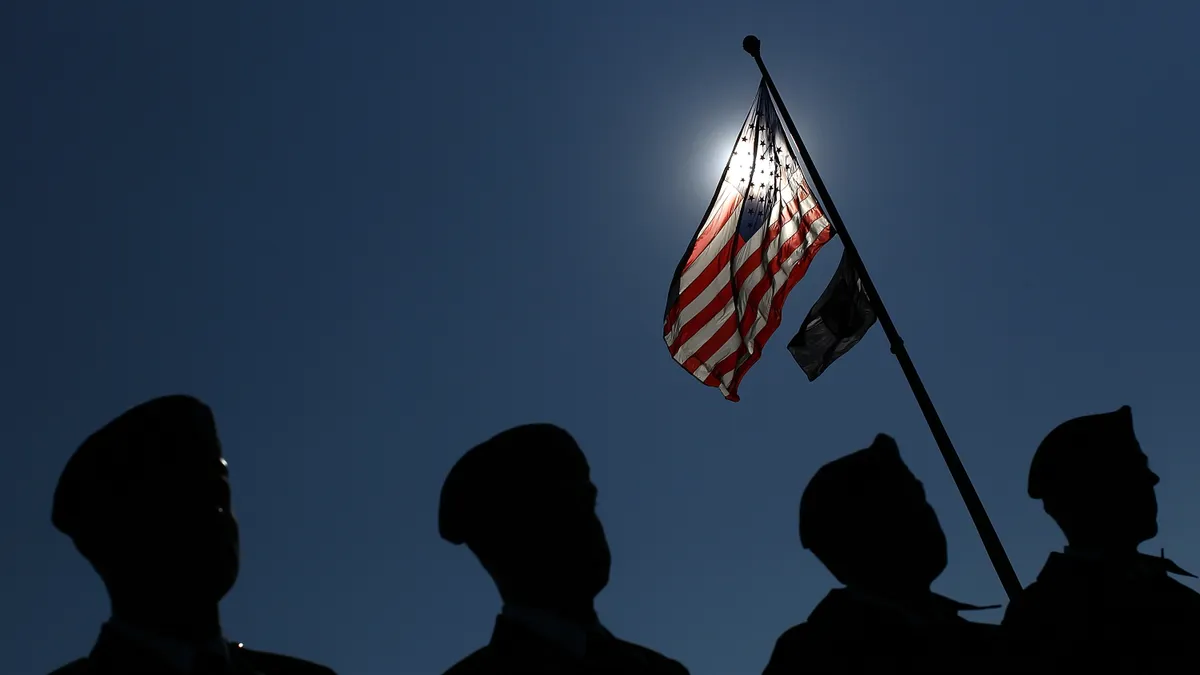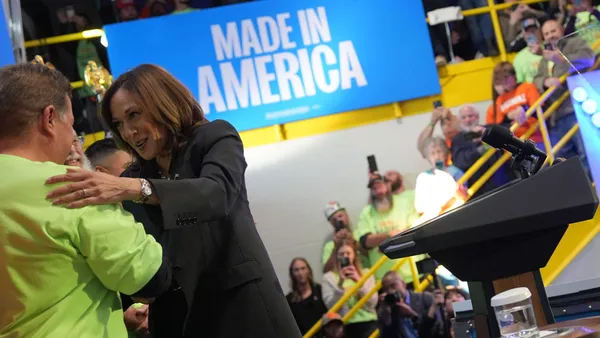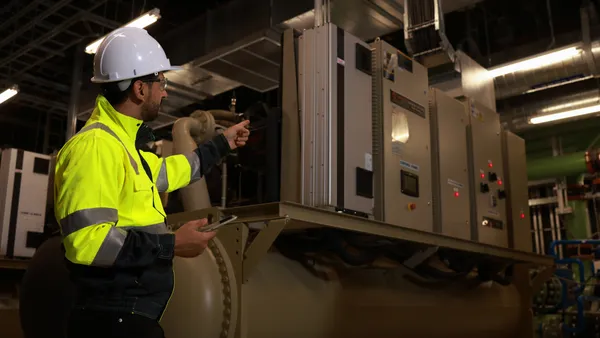After coming back from deployment as an enlisted soldier, Martin Helms was struggling. He had a young family, work, school and a military obligation. Then he sat in a five-minute presentation for Helmets to Hardhats and, as he tells it, his life changed.
"[Joining] the organized trades was what I needed to move forward and achieve a lot of goals," Helms said.
Helms eventually graduated from the Akron Area Electrical Joint Apprenticeship Training Committee (AAEJATC) becoming a journey-level electrician in the International Brotherhood of Electrical Workers Local Union 306 and then a foreman. In 2017, Helms took on a new role as the training director of the AAEJATC.
As he worked his way up through the AAEJATC, Helms' military career also progressed. In 2013, he became a construction engineer technician in the Ohio Army National Guard, using that expertise in deployments to the Middle East and ongoing state missions.
Now, Helms is bringing his training, management, military and recruitment experience back to the organization that helped give him a career direction. He is taking over as the executive director of the Helmets to Hardhats program, a nonprofit organization established in 2003. The Washington D.C.-based program is administered by the Center for Military Recruitment, Assessment, and Veterans Employment.
"Our mission is to recruit military veterans into the skilled trades," Helms said. "We do this in a number of ways."
Helmets to Hardhats targets military members that are transitioning out of full-time service, National Guard members and existing military veterans. "It's pretty much open to any veteran with an honorable or medical discharge," Helms said.
The organization gets the word out by going to military installations and working with community groups. It has fostered relationships with the Department of Defense and the Department of Veterans Affairs.
Transiting to construction
Service members are well equipped to transition to construction, which requires adaptability because "nothing goes as planned," according to Helms.
"Military people are put in crappy situations for a lot of reasons," Helms said. "You don't know what your environment is going to be, and who you're going to have to deal with. So you build a mental capacity that makes you adjust to whatever that environment is to accomplish the mission."
Service members should also have the strength and endurance to handle sometimes physically demanding construction jobs. But the similarities in the two career paths don't end there.
"[Military members] are used to being there and at a certain time and having a job to do," Helms said. "That fits into the structure of the military. You have to be there at a certain place and time to be ready to go. And you typically know what has to be done."
The construction trades can be an attractive career for service members because they can utilize their benefits from the GI Bill with registered apprenticeship organizations. For military members who have to support families, being able to earn income through training is especially beneficial.
"They get to collect their GI Bill and they can have that income that everyone needs," Helms said.
As Helmets to Hardhats grows, Helms would like to focus on growth in construction management and administrative positions.
"We also need to do good outreach," Helms said. "We have just gotten through 18 or 20 months of the pandemic and there are service members who need good jobs."
















